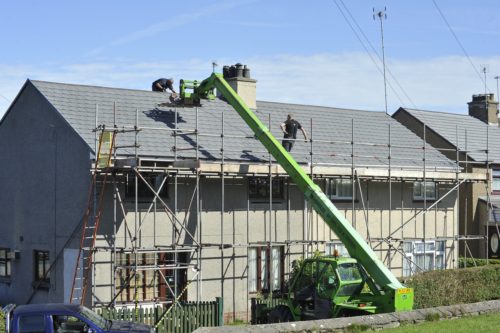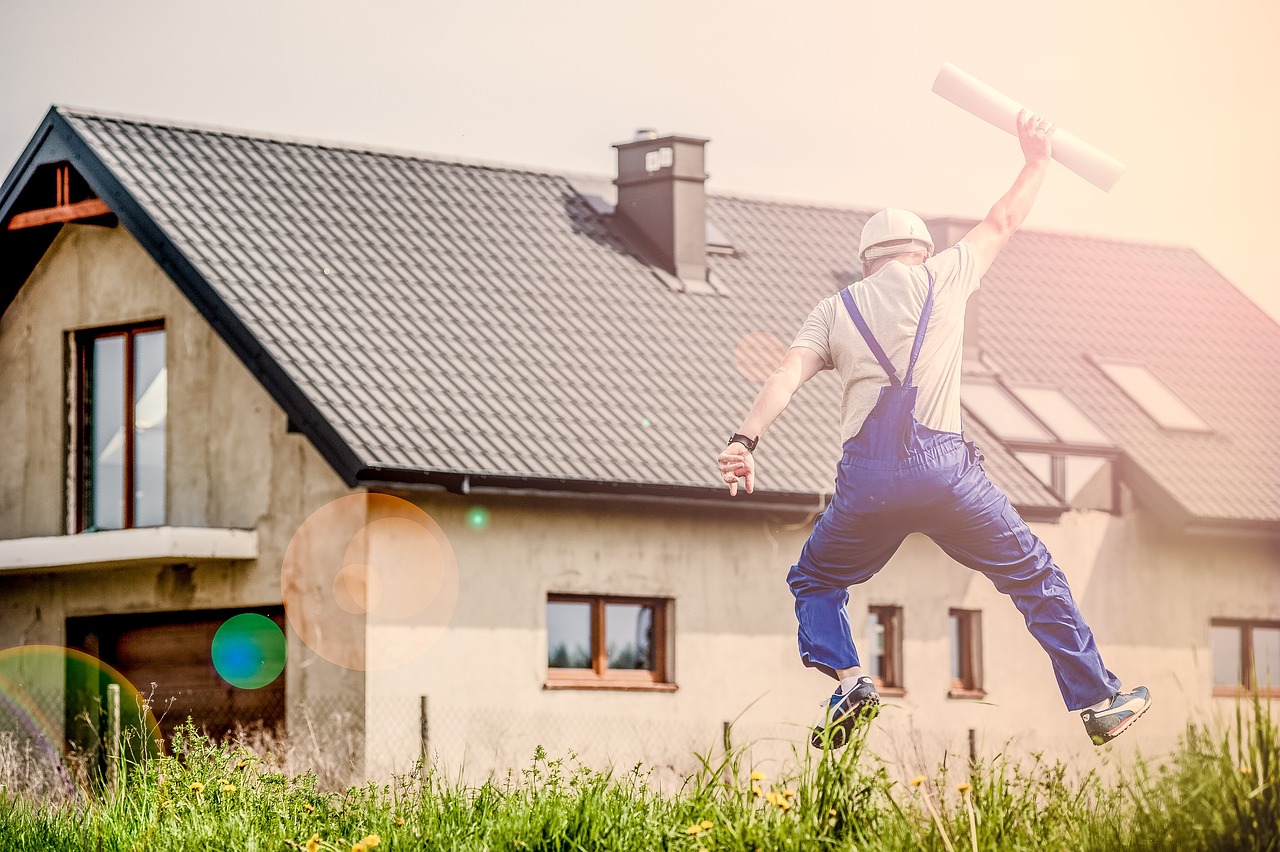Your home is not just a place of comfort and shelter – it is also your haven, where you should feel safe and protected. However, over time, various home features can become outdated or compromised, potentially posing risks to your safety. From aging electrical systems to deteriorating structures, it is crucial to address these issues promptly to ensure a secure living environment. This article will explore the importance of repairing outdated features in enhancing home safety.
Doors, Windows, and Locking Systems
Outdated or faulty doors, windows, and locking systems can make a home vulnerable to break-ins and intrusions. Weak or damaged doors and windows can be easily breached, compromising the safety of the occupants and their belongings. Upgrading to sturdy doors, impact-resistant windows, and reliable locking systems can significantly enhance home security. An entry door replacement can potentially increase the security of a home. Choosing a solid core or metal door with a deadbolt lock protects forced entry. Similarly, upgrading windows to impact-resistant glass or adding security film can make it more difficult for intruders to break in. Additionally, installing security alarms and surveillance systems can act as deterrents and provide an added layer of protection.
Structural Integrity
The structural integrity of a home is paramount to its safety. Over time, the foundation, walls, and roof can deteriorate due to various factors such as age, weather conditions, or poor maintenance. Cracks in the foundation, sagging ceilings, or weakened walls can compromise the stability of the entire structure, posing risks to the occupants. Timely repairs and inspections by professionals can help identify and rectify structural issues, ensuring the home remains safe and secure.
Electrical Systems
A critical aspect of home safety is the electrical system. Outdated wiring, faulty outlets, or inadequate circuit breakers can lead to electrical malfunctions and, in worst-case scenarios, cause fires. It is essential to have a professional electrician inspect the electrical system regularly and upgrade it as needed. Upgrading to modern wiring, installing ground fault circuit interrupters (GFCIs) in wet areas, and ensuring proper electrical grounding can significantly reduce the risk of electrical accidents and enhance home safety.
Plumbing and Water-related Features
Outdated plumbing systems can lead to leaks, water damage, and mold growth. Leaking pipes can weaken the house’s structure, promote harmful mold growth, and even contribute to electrical hazards if they come into contact with wiring. Regular plumbing system inspections, including checking for leaks, repairing or replacing old pipes, and maintaining proper drainage, are crucial to prevent water-related accidents and maintain a safe living environment.
Pest Control
Pests such as termites, rodents, or insects can not only cause damage to the structure of a home but also pose health risks to the occupants. Outdated features like cracks in walls or improper sealing can provide entry points for pests. Regular pest control inspections and prompt action to address infestations are crucial in maintaining a safe and healthy living environment. Proper sealing of gaps and cracks, repairing damaged areas, and keeping the home clean and clutter-free can help prevent pest-related issues.
Fire Safety Measures and Hazardous Materials
Home fires are a significant safety concern, causing extensive damage and potential loss of life. Outdated or malfunctioning smoke detectors, fire extinguishers, and lack of fire escape plans can increase the risk of fire-related accidents. It is crucial to regularly test and replace smoke detectors, maintain functional fire extinguishers, and develop a fire escape plan that all family members are aware of. Installing fire-resistant materials and promptly addressing any electrical or heating issues can also help prevent fires and protect occupants in emergencies.
Some older homes may contain hazardous materials that pose health risks to occupants. For instance, lead-based paint and asbestos, commonly found in older homes, can lead to severe health issues if disturbed or deteriorated. Identifying and safely removing these hazardous materials is vital to create a safer living environment. Consulting professionals trained in handling and eliminating such materials is crucial to minimize health risks during the repair and renovation process.
Accessibility and Outdoor Safety
Home safety also includes ensuring accessibility, particularly for elderly individuals or those with disabilities. Outdated features such as narrow doorways, steep staircases, or lack of handrails can increase the risk of accidents and limit mobility. Making necessary modifications, such as installing ramps, widening doorways, or adding grab bars, can enhance accessibility and prevent falls or accidents. These modifications improve safety and promote independence and a higher quality of life for individuals with mobility challenges.
While addressing outdated features inside the home is essential, outdoor safety should not be overlooked. Uneven pathways, cracked driveways, or inadequate outdoor lighting can increase the risk of trips, falls, and accidents. Regular maintenance and repair of outdoor features, such as repairing cracks, leveling pathways, and installing sufficient lighting, contribute to a safer outdoor environment. Another critical aspect is landscaping. Overgrown trees and shrubs near walkways and entrances can obstruct visibility and provide hiding spots for potential intruders. Regularly trimming and pruning plants, removing dead branches, and ensuring clear lines of sight contribute to a safer outdoor environment. By addressing outdoor safety concerns and implementing proactive measures, homeowners can create a secure and welcoming outdoor space for their families and guests.
Regular Maintenance
Regular maintenance is vital to addressing outdated features and enhancing home safety. Developing a maintenance schedule and addressing issues promptly can prevent minor problems from escalating into significant safety hazards. From cleaning gutters and checking for leaks to inspecting the HVAC system and maintaining appliances, a proactive approach to maintenance ensures a safer living environment. Maintaining appliances such as water heaters, stoves, and dryers reduces the risk of electrical or gas-related accidents. By investing time and effort in regular maintenance, homeowners can create a safer and more comfortable living environment for themselves and their families. Documenting and tracking maintenance tasks is vital to ensure consistency and make identifying and promptly addressing any potential issues easier.

Repairing outdated features plays a crucial role in enhancing home safety. Each repair contributes to a safer living environment, from addressing electrical and plumbing systems to ensuring structural integrity, upgrading doors and windows, and implementing fire safety measures. Accessibility modifications, pest control, and outdoor safety are essential in maintaining a secure home. By prioritizing repairs and conducting regular maintenance, homeowners can create a living space that promotes the safety and well-being of their families. Remember, home safety is an ongoing effort that requires vigilance, but the peace of mind it brings is invaluable.

